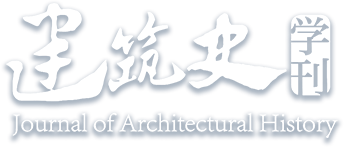Abstract:
This paper examines the dynamic process of integrating urban and the surrounding landscapes within people’s conceptualized images, utilizing the Three Hills of Jingkou as a case study. Drawing on the analysis of local chronicles and images, it unveils the role of local texts in shaping the hill-city order against a specific historical backdrop. The study highlights that, stemming from the nascent urban layout of Zhenjiang in mid-Ming dynasty, the landscape structures of “designating Beigu Hill as the principal mountain” and “positioning Jin Hill and Jiao Hill as gateways” were progressively established through the local writing system. This integration of the Three Hills of Jingkou into an ideal space of the Zhenjiang Prefecture played a pivotal role in advancing the completion of the regional ritual order.


 下载:
下载: